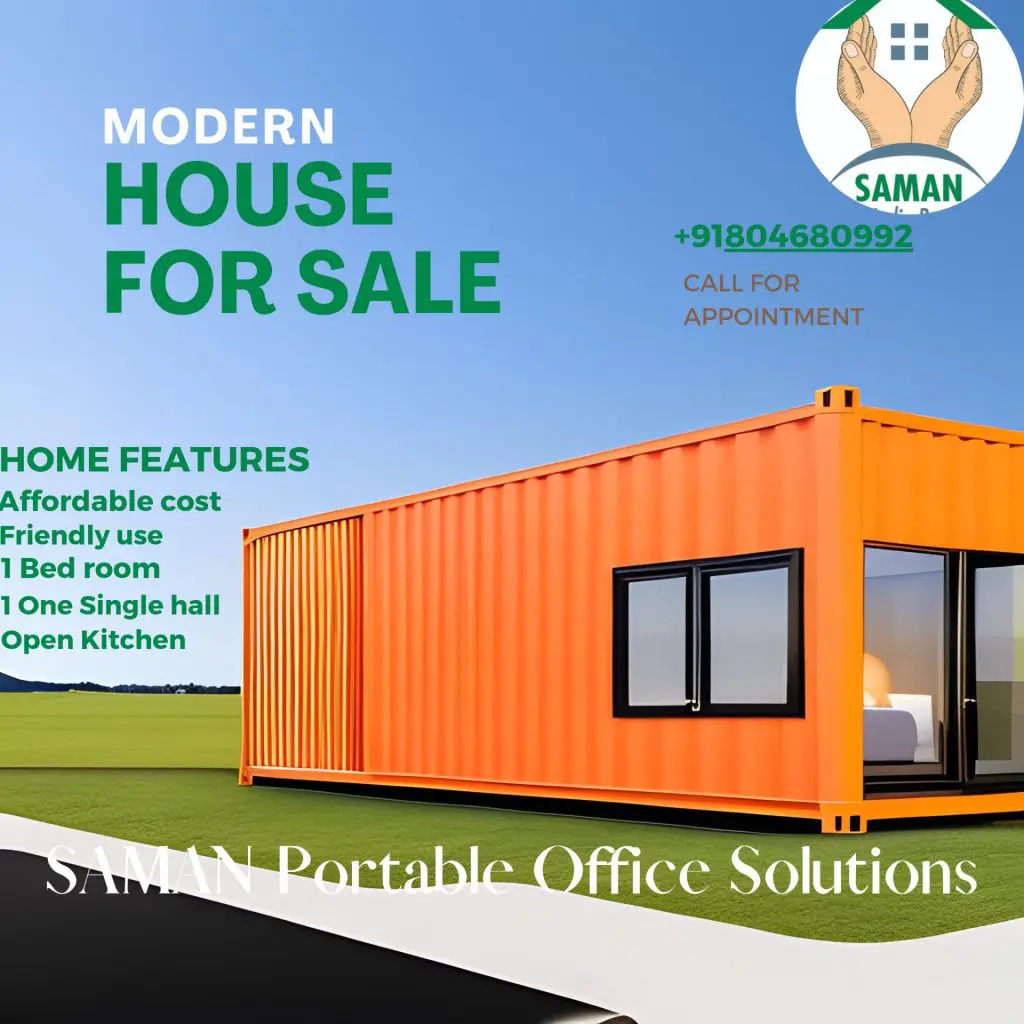Sustainability
Discussing eco-friendly building practices, materials, and design in your products.
Free Delivery within Bangalore! From 1st September to Good Friday. Call 080 46809920 or email us at [email protected] to place your order.
Discussing eco-friendly building practices, materials, and design in your products.
WhatsApp us
